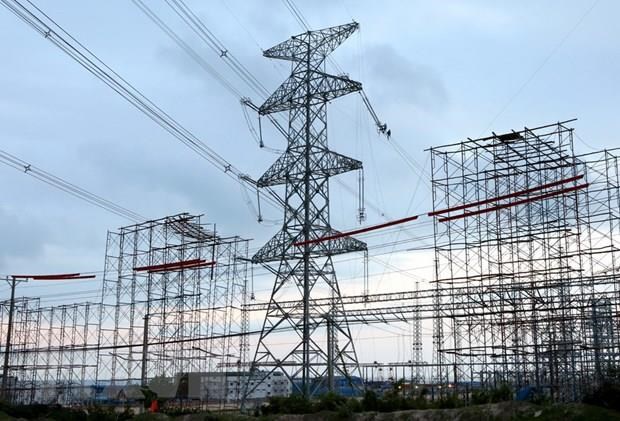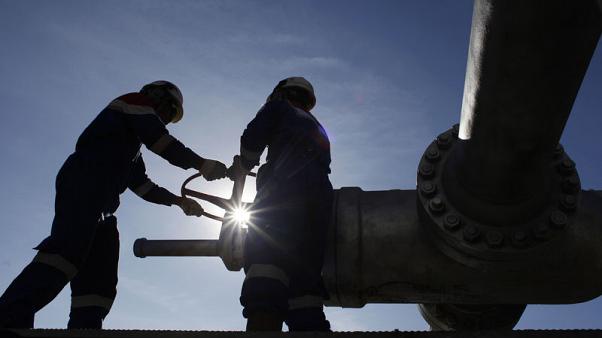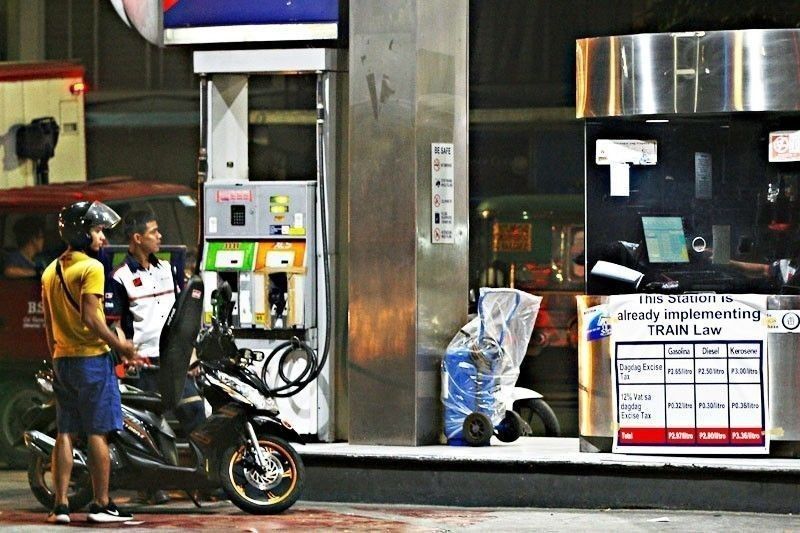- Oil & Gas
–
- Malaysia
KUALA LUMPUR: Malaysia on Tuesday said the Johor PortAuthority was working to develop a 2 billion ringgit ($477 million) oil storage and ship refueling site in the country’s south.
That marks the latest step in a push to turn Malaysia’s southern peninsular state of Johor into an oil and gas hub that could one day rival Singapore, currently Asia’s main oil centre.
The “Bunker Island Development” is set to have the capacity to store about 1.2 million cubic metres of various oil and gas products, the transport ministry said. It will be used for storage, blending and redistribution.
The ministry added that the project would also be used to promote cleaner marine fuel in accordance with International Maritime Organization (IMO) rules that will require lower sulphur content in shipping fuel from 2020.
Johor is where state energy firm Petronas has begun operating its oil refinery and petrochemical project known as Pengerang Refining and Petrochemical (PrefChem).
The transport ministry said in its statement that Johor Port Authority had signed a sublease agreement with Smart Crest Sdn Bhd, which is funding the development.














